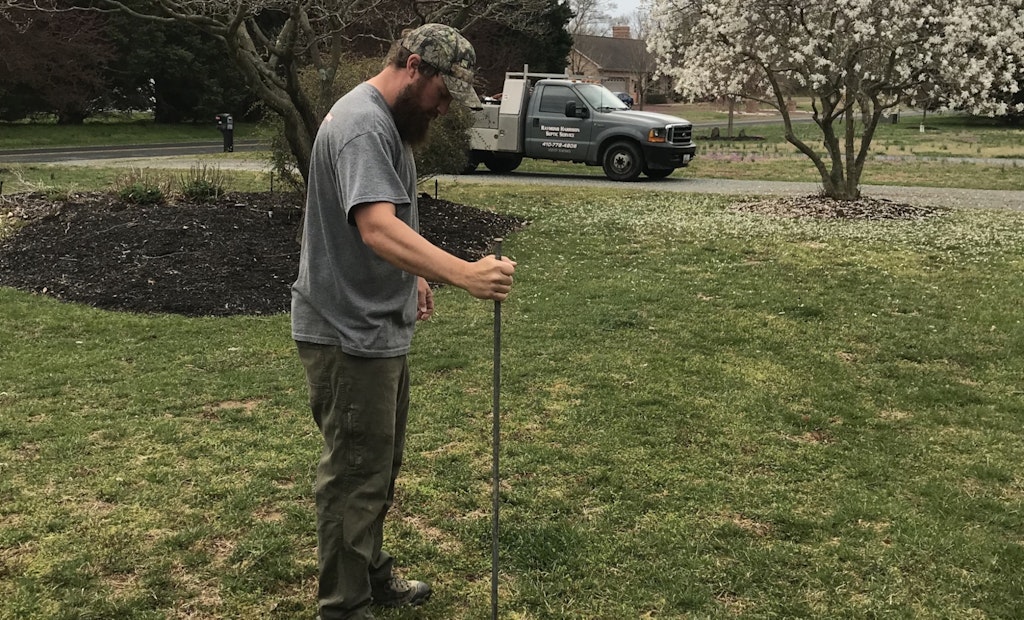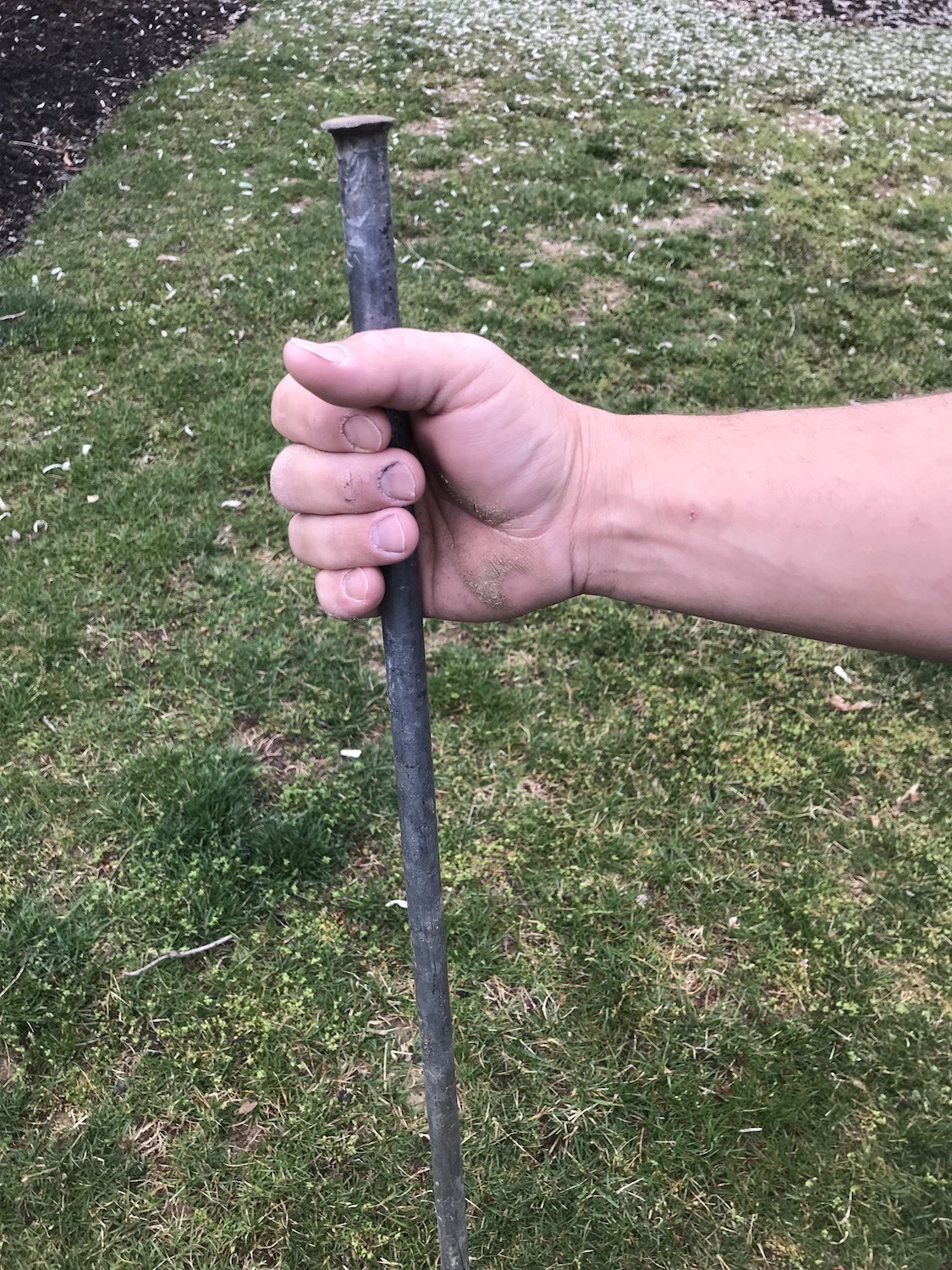Interested in Systems/ATUs?
Get Systems/ATUs articles, news and videos right in your inbox! Sign up now.
Systems/ATUs + Get AlertsWhen Ray Harrison goes out on a job, odds are he’ll pull a long steel rod off his truck at some point.
“That’s pretty much something we use on a daily basis,” he says. “It’s kind of old school. A lot of people switched to cameras.”
He runs Raymond Harrison Septic Services in Chestertown, Maryland, on the eastern side of Chesapeake Bay, and the tool he values most is his sounding rod.
Push the sounding bar into the ground, he says, and you can locate a septic tank. You can distinguish a concrete tank from a plastic tank. You can locate a pipe. With experience you can distinguish PVC from cast iron. In drainfields, you can find how deep tiles are buried and whether the ground is dry or saturated. It all depends on how the earth or an underground structure responds to the rod.
“It’s feel and sound. I’ve been using one since I was a kid, and you learn the different sounds when you tap on it with the rod. PVC has a kind of bounce to it, and it has a deeper sound. Concrete is solid and has a higher pitch, and it doesn’t vibrate. Once you hit it, you know it’s not moving,” Harrison says. It’s like telling the difference between glass and plastic by tapping it with your fingernail.
There are commercial sounding rods on the market, but Harrison takes a less expensive route. He visits a local electrical supply company and asks for a grounding rod. For electricians it does what the name implies: It grounds an electrical circuit. These rods are made of galvanized steel — so they last awhile — and come in various lengths. Harrison usually cuts his off at 5 feet. That’s the handiest length. For deeper structures there is an 8-foot-long version on the truck, too.
Using a sounding rod takes practice. Harrison is 34 and grew up in the business that his grandfather Raymond Harrison founded and his father Harry Harrison ran. It was his father who taught him to use the sounding rod.
And in his part of the country, he gets plenty of practice. Maryland has many septic systems, many old systems and about every other week Harrison is called by someone who doesn’t know where their septic system is. He pulls his sounding bar off the truck and finds out.
There is a caution when using any tool to probe the ground. Be aware of buried utilities before getting started. It’s always a good idea to have the electric, gas and cable utilities marked with a “digger’s hotline” service prior to arrival on the work site.
Read a full profile on Raymond Harrison Septic Services in the April issue of Onsite Installer.







